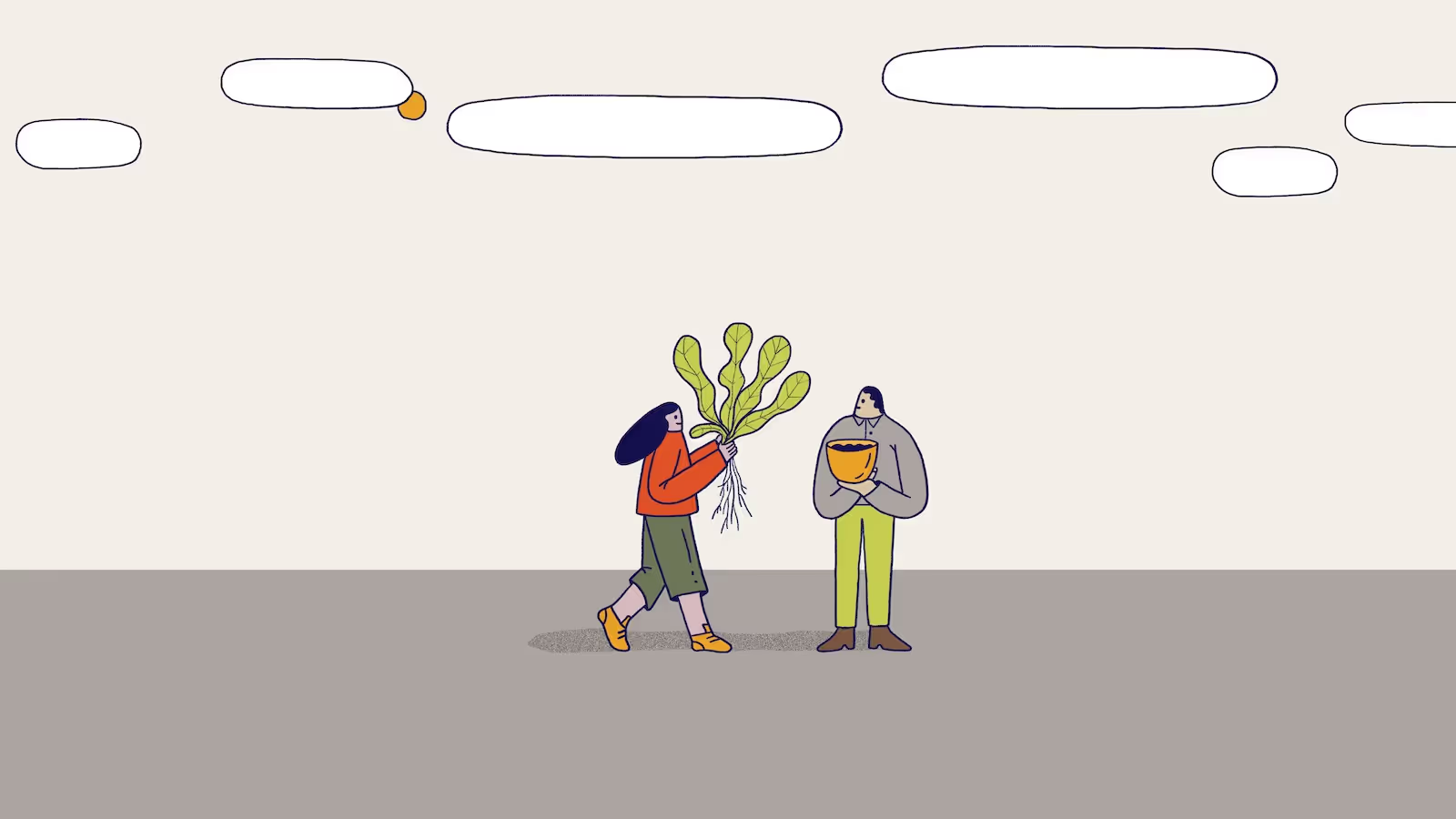Shall We Begin?
What does repair look like in relationships?
My dear friends Jenna and Ryan are whip-smart, hilarious, and fun to be around… except for one thing. They bicker constantly. They do it at holidays, social gatherings, and weekend getaways with friends. You would think having a therapist in their orbit would mean that they’ve consulted me about this dynamic. They haven’t. And perhaps they don’t need to. Because, despite their arguments, they’ve been together for decades, love each other very much, value each others’ opinions, and genuinely enjoy spending time together. Simply put, it works. Why?
There’s a comedic trope in sitcoms about the married couple always yelling at each other—think Jerry Stiller and Estelle Harris in Seinfeld or Doris Roberts and Peter Boyle in Everybody Loves Raymond. I don’t watch much television, but I recognize the dynamics of these characters instantly. Bickering is their primary mode of communication and yet, they are the dynamic duo, rarely seen on screen without one another. They’re inseparable. In their own unique way, they get along.
In just one episode, we see these characters go through the cycle of “connection, disconnection, and reconnection” no less than five times. It’s all exaggerated, of course, but there’s some fundamental learnings we can take from this.
The cycle of connection, disconnection, and reconnection exists in every relationship. Terry Real calls it “harmony, disharmony, and repair” or “closeness, disruption, and a return to closeness.” We know what’s meant when we read or hear those words. But, in real life, how can we tell where fighting ends and making up begins?
It’s easy to recognize when we’re deep in connection. We don’t have to think about it much, just feel it all over, like sunlight and gentle breeze. Communication is smooth. Disagreements are cushioned with humor. We desire to be around each other and we feel confident when we’re apart.
Likewise, we know when we’re disconnected. Whether it's an explosion or a cold war, the dysfunction screams at us. It’s what brings people over the threshold and into my therapy office, claiming the desire to communicate better. What they mean is that they want to reconnect. Repair and reconnection is not a happy ending; it’s healing. And healing, as always, is not an instant switch. We may find ourselves still fighting but it’s getting a little softer, more empathetic. The tension is laced with tenderness. Humor begins to creep through the seriousness.
What I like so much about the constantly-bickering couple—of my real life as well as the ones on T.V.—are the little moments of intimacy that, if you weren’t paying attention, you might not notice. They haven’t spoken in a few hours, but she’s on the phone making sure his prescription is refilled. She criticizes his politics then asks him what he thought of the article they read together this weekend. He’s annoyed with her, but he makes her a cup of tea. The Gottmans call these little gestures “bids for connection”—“any attempt from one partner to another for attention, affirmation, affection, or any other positive connection… a smile or wink…[a] request for advice or help.”
They say bids for connection are about “turning toward instead of away.” To me, this is when we know our relationship is coming back together even if we’re still bickering. From the outside, seesawing partners easily look chaotic, but maybe they're just embracing the inherent mess of intimacy. Their reactivity doesn't mean they don’t care; actually, it often means they care a lot.
Let’s Turn the Lens on You
- What kind of a fighter are you? Do you use words, silence, gestures, withdrawal?
- How do you like to make up?
- Do you take initiatives in making up or do you wait for the other to initiate?
- How would you describe your experience of apologizing?
- How do you know when you’re done fighting?
More From Esther
Owning Your Part: Self-Accountability in Relationships / a recent article
Relationship dynamics go beyond the binary of perpetrator and victim, betrayed and betrayer—the accountant and the accountable. Recognizing that all parties are a piece of the pie does not mean that everyone’s slice is the same size and made up of the same ingredients. But owning your part is essential to breaking through impasses.
Would You Rather be Right or be Married? / a newsletter
I don't often use clichés in couples therapy, but this one is a go-to. It is often the most direct question I can ask a feuding couple who is stuck in a standoff. Read last month’s letter to go deeper.
“The Myth of Unconditional Love in Romantic Relationships” / an article
It might actually be a necessity to allow ourselves to really, really not like the person we love sometimes. Perhaps the highest form of love isn’t unconditional. Maybe it’s closer to Terry Real’s description of self-esteem: our ability to see ourselves as flawed and still hold ourselves in high regard. Can we do that for our relationships, too?
Conversation Starters
A compendium of highly recommended sources of inspiration and information
I’m Reading:
- The Candy House, a new book by Jennifer Egan
- The Anxious Achiever, a new book by Morra Aarons-Mele
- Trust, a new book by Hernan Diaz
I’m Watching:
- Women Talking, a film Sarah Polley
- The Insult, a film by Ziad Doueiri
- Parade, a musical written by Robert Brown and Alfred Uhry, directed by Michael Arden
- Love, a play written and directed by Alexander Zeldin




.svg)





